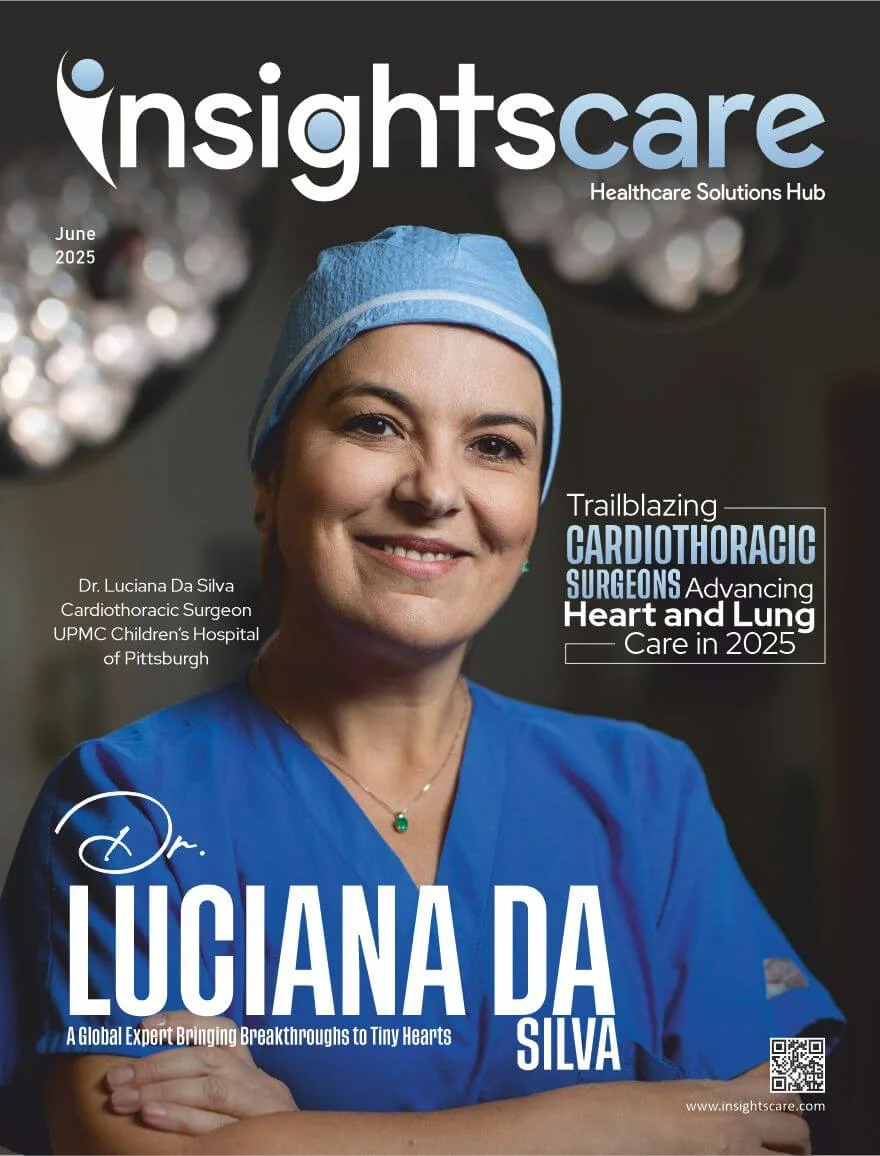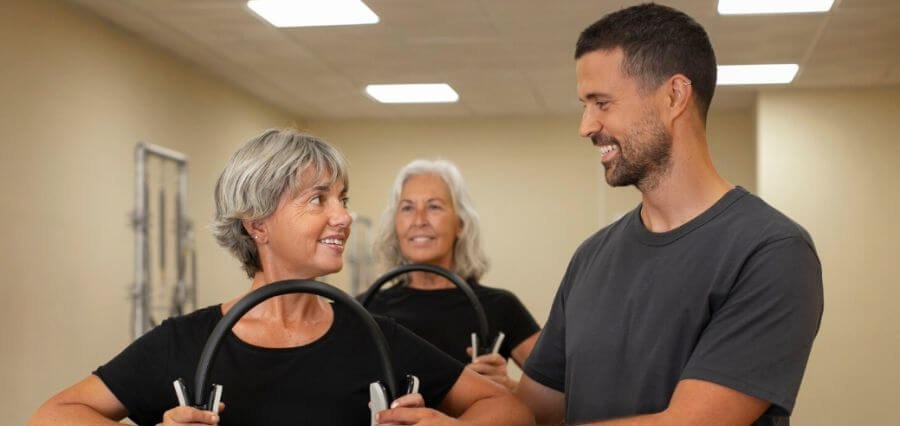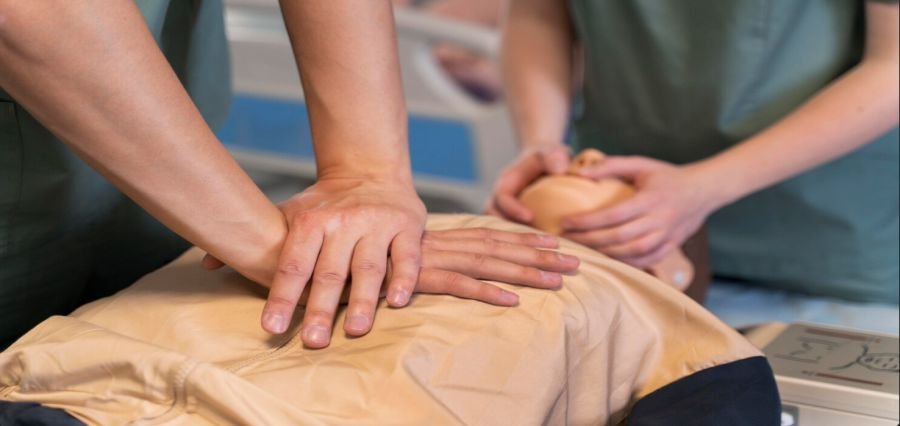Have you ever wondered what it takes to stay strong, steady, and full of energy as the years go by?
Growing older does not mean slowing down completely, but it does mean our bodies need a different kind of care. Fitness for older adults is not about chasing records but about enjoying daily life with confidence and ease.
This article will show you the key considerations for designing safe and effective fitness programs that support long term health and independence.
Safety Considerations
Safety is the first step when designing fitness programs for older adults. Many may have health conditions that require a cautious approach. Starting with a medical check ensures the activities will not cause harm.
Warm ups and cool downs help prepare the body and lower risk of injury. Exercises should be simple, with movements that are easy to follow and control. Supervision or guidance from a professional can also provide added reassurance.
Building Strength
Strength training helps fight muscle loss that comes with aging. This improves the ability to do daily tasks like lifting groceries or climbing stairs. Light weights or resistance bands can be enough to make a difference.
Functional exercises should be the focus. Movements such as squats, step ups, or wall push ups build strength for everyday life. Training twice a week with rest between sessions works well for most older adults.
If a professional wants to deepen their expertise in designing strength routines tailored to the older body, visit americansportandfitness.com to explore a program built for those goals.
Balance and Stability
Good balance reduces the risk of falls, which are a major concern in later years. Balance training also improves posture and confidence while walking. Simple exercises like standing on one leg or heel to toe walks are very effective.
Tai chi or yoga can also improve coordination and control. These practices are gentle but build strong stability over time. Adding short balance drills into daily routines is a practical way to keep progress steady.
Flexibility and Mobility
Flexibility keeps joints moving and helps prevent stiffness. Older adults often notice tightness that makes everyday movement harder. Stretching or mobility work can ease this problem and improve comfort.
Gentle stretches after exercise are best to avoid injury. Chair based stretches or floor routines can be tailored to different levels. Consistency over time builds noticeable improvement in movement.
Cardiovascular Health
Cardio exercise supports the heart and lungs. It can also boost mood and energy levels throughout the day. Walking, swimming, or light cycling are safe choices for many older adults.
The intensity should stay moderate, not exhausting. A good guide is the ability to talk during the activity without strain. Short sessions often bring strong benefits without overwhelming the body.
Move Stronger and Live Longer
Healthy aging is not only about adding years to life but adding life to those years. Staying active allows older adults to move with greater freedom, reduce risks of falls, and keep their independence intact. More than that, it keeps the spirit sharp and the body resilient against the challenges of age.
Every step toward strength, balance, or endurance is a step toward a more vibrant future. Fitness programs become not just exercise but a celebration of what the body can still achieve.
Did you learn something new from this article? If so, be sure to check out our blog for more educational content.










